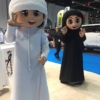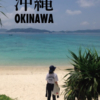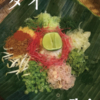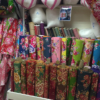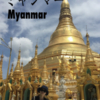Vol.19 Korean Seton | 韓国 セットン
2019年8月。たった5時間の、韓国釜山の旅。
韓流ブームで親しみのある韓国、ファンクラブに入るほどの大のBIGBNGファンなのに、なぜか行ったことがなかった。
初の韓国で、目指すは釜山の生地問屋街「釜山鎮市場」! 韓国の伝統的な染織品はネットで調べてもよくわからず、生地はポジャギ*ぐらい。昔は白い服を着てたからかな。
*ポジャギ : 風呂敷や袱紗(ふくさ)のように、ものを包む布
今回は「韓国セットンポーチ」用のセットン柄の生地を探す予定だ。お土産でよく見るセットン柄は陰陽五行説からきており、邪気払いや福と長寿をもらたらすという意味があるそう。
Korea is familiar to me because of the Korean boom, and even though I am a big BigBNG fan to the point of joining a fan club, for some reason I had never been there.
In my first visit to Korea, my goal was to go to Busanjin Market, a fabric wholesale district in Busan! I couldn’t find anything about traditional Korean dyed and woven goods on the Internet, and the only fabric I could find was pojagi*. Maybe because I used to wear white clothes.
*Pojagi : A cloth used to wrap things, like a furoshiki or fukusa.
This time, I plan to look for fabric with a seton pattern for “Korean seton pouch". The Setsun pattern, often seen in souvenirs, is based on the theory of Yin-Yang and the five elements, and is said to ward off evil spirits and bring good fortune and longevity.
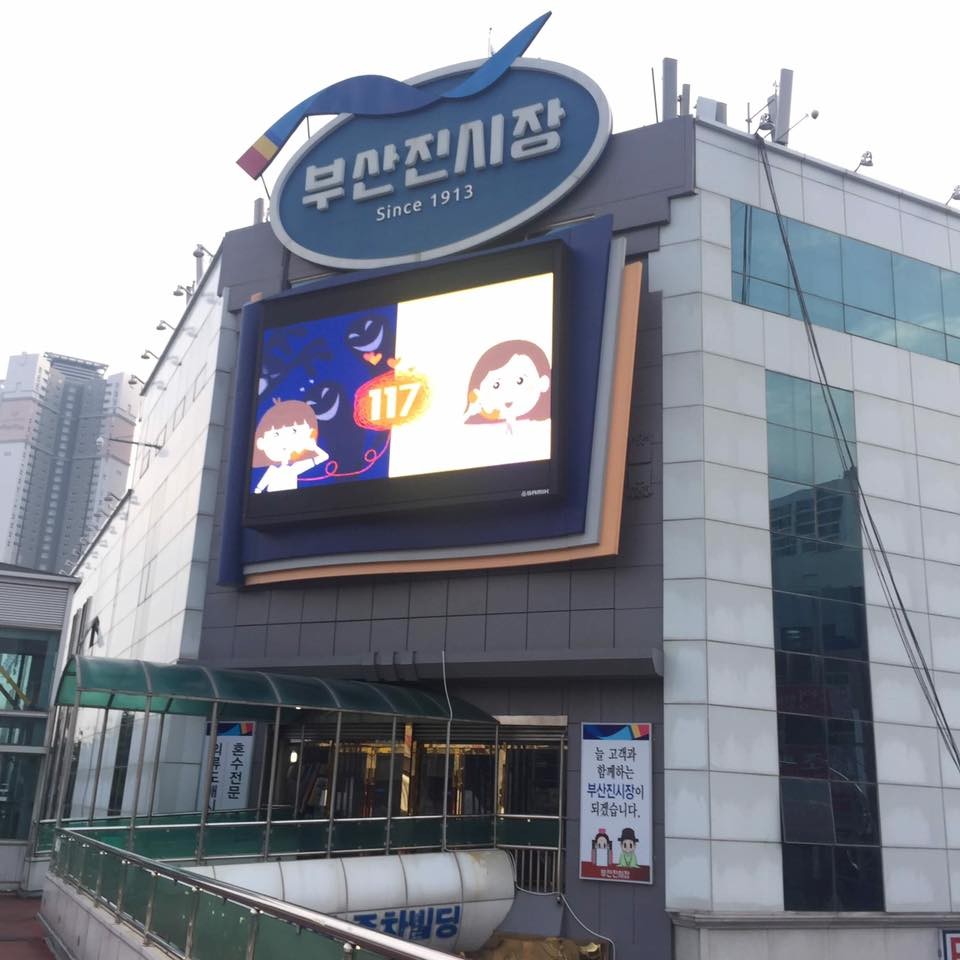
チャガルチ駅から地下鉄に乗って、地図を頼りに凡一駅の釜山鎮市場へ。雰囲気はまんま馬喰横山や上野。道端のキムチ売りのオバサンなど、昭和な東京だ。
建物に入ると、衣類のお店が所狭しと何軒も並ぶ。目立つのはパステルカラーの可愛らしいチマチョゴリの店。ここで嫁入り道具一式を揃えるそうだ。あとは泥染め?の衣類店が何軒かある。_
From Jagalchi Station, take the subway to Busanjin Market, which is only one stop away from Jagalchi Station. The atmosphere is like that of Ameyoko in Ueno, Tokyo in the Showa period, with kimchi vendors on the side of the road. Once inside the building, there are many clothing stores lined up in a narrow space. The most conspicuous is a store selling cute pastel-colored chimachogori It is said that this is where they get all their wedding clothes. There are also several mud-dyed clothing shops.

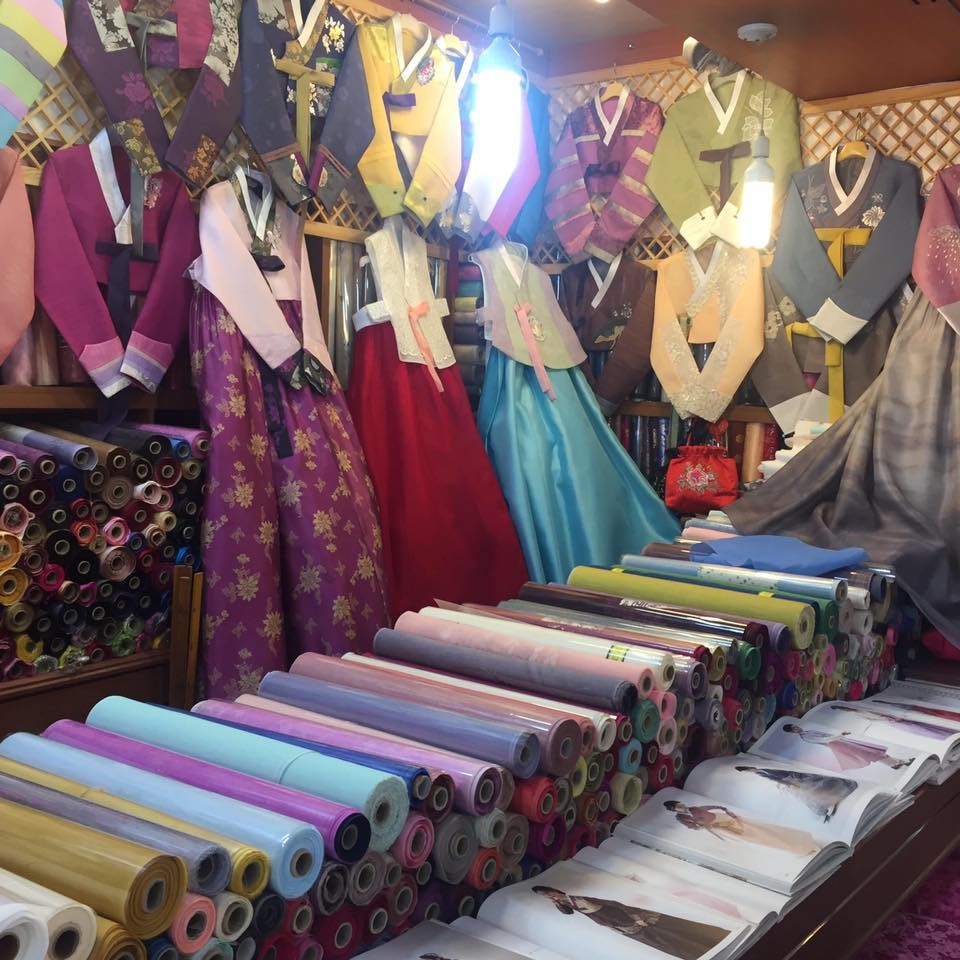
歩いていると、アニョハセヨ〜と挨拶される。英語も日本語も通じない!今まで会ってた韓国人は日本語か英語喋れるのでそんなもんだと思ってたけど、彼らはエリートだったのか。お土産屋のお姉さんに指差しで説明して、セットンの置いてあるお店に連れて行ってもらう。
お店のおじさんと身振り手振りで確認しつつ、何パターンかの生地を購入。言葉の通じないもどかしさはあるが、アジア人特有のはにかむ感じに安心感がある。
When I walk around, I am greeted with “anyo haseyo~". They don’t speak English or Japanese! I thought that was how it was with the Koreans I had met so far, since they could speak either Japanese or English, but they were the elite. I pointed and explained to the lady at the souvenir shop and asked her to take me to a store where they have seton.
I bought several patterns of fabrics, checking with the man at the store with gestures. Although it was frustrating not being able to communicate, I felt at ease with the characteristic bashfulness of the Asian people.

ミッションコンプリート後、手染め衣料店を除く。麻を土色に染め、シャツやスカーフなどに仕立てている。価格もシャツは2万円〜と安くない。ナチュラルな色合いのスカーフを購入し、作家のオバサマが載っている本を見せてもらう。染織作家が染めから仕立てまでおこなっているようで、韓国にも染織作家がそれなりにいるようだ。
Excluding hand-dyed clothing stores after mission complete. Hemp is dyed in earthy colors and made into shirts and scarves. Prices are not cheap, with shirts starting at 20,000 yen. We bought a scarf in a natural color, and were shown a book with the artist.
It seems that dyeing and weaving artists do everything from dyeing to tailoring, and it seems that there are a fair number of dyeing and weaving artists in Korea.
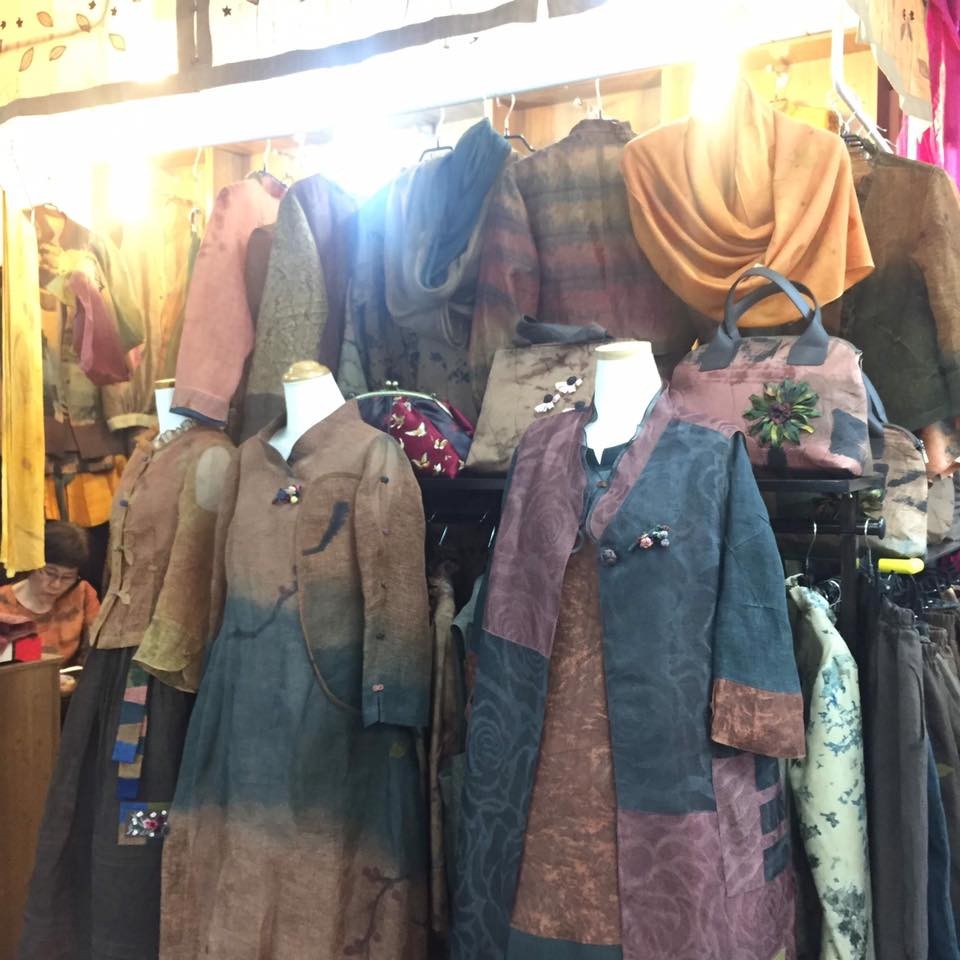

チャガルチ駅に戻り、韓国料理屋でコムタンとキムチ冷麺を食べました♪ 美味しい。
We returned to Jagalchi station and had gomtang and kimchi cold noodles at a Korean restaurant…delicious.


